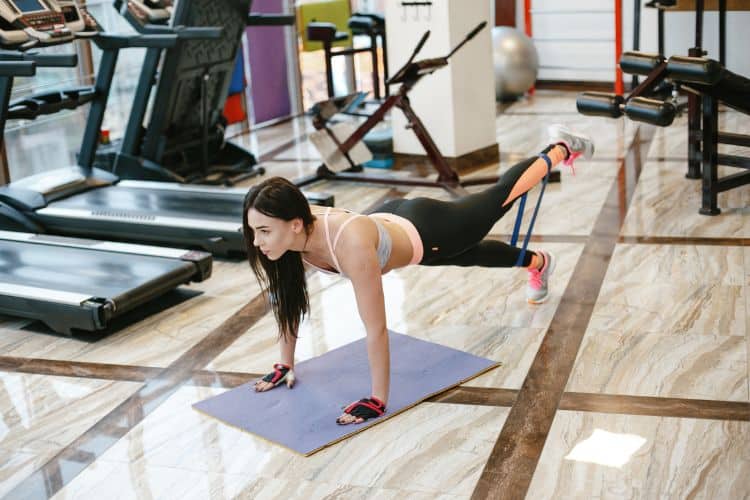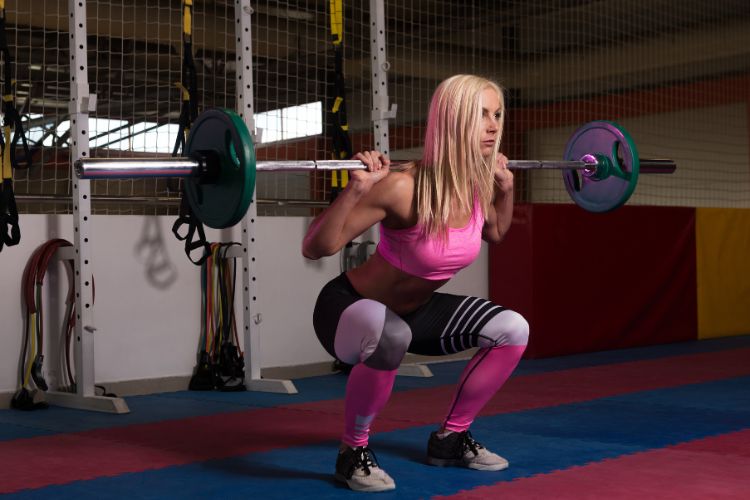Sign up for workout ideas, training advice, reviews of the latest gear and more.






Progressive overload is a fundamental principle of strength training and fitness that focuses on gradually increasing the demands placed on your muscles to improve strength, endurance, and overall performance. For women looking to achieve their fitness goals, whether it’s toning up, building strength, or increasing muscle mass, progressive overload is a highly effective strategy. This blog post will explore what progressive overload is, why it is important, and how women can incorporate it into their training routines.
Progressive overload is the gradual increase of stress placed on the body during exercise. This can be achieved by manipulating various training variables such as the amount of weight lifted, the number of repetitions or sets performed, the rest time between sets, or the intensity of the exercise. By continually challenging the body, progressive overload ensures that muscles are consistently adapting and growing stronger.
Progressive overload offers numerous benefits for women, including:
One of the most straightforward ways to apply progressive overload is by increasing the weight lifted during resistance training. For example, if you’re currently squatting with 10-pound dumbbells, consider moving up to 12 pounds once you can complete your sets comfortably.
If adding weight isn’t feasible, increasing the number of repetitions or sets can effectively challenge your muscles. This method is particularly useful for bodyweight exercises or when working with limited equipment.
Shortening the rest time between sets increases the intensity of the workout, making it more challenging. For example, if you currently rest for 90 seconds between sets, reduce it to 60 seconds as your endurance improves.
Focus: Establishing good form and technique with lighter weights.
Focus: Increasing resistance or repetitions.
Progressive overload places significant stress on your muscles. Ensure you are giving your body enough time to recover by scheduling rest days and incorporating stretching or mobility exercises.
Keep a workout journal or use a fitness app to record the weights, sets, and reps performed each session. This allows you to monitor progress and make necessary adjustments.
Proper technique is crucial to prevent injuries. If you’re unsure about your form, consider working with a trainer or using online resources to refine your technique.
A diet rich in protein, healthy fats, and carbohydrates supports muscle recovery and growth. Consider adding lean protein sources, whole grains, and plenty of fruits and vegetables to your meals.
Women often worry that lifting heavy weights will lead to excessive muscle growth. However, due to hormonal differences, women are less likely to develop large, bulky muscles. Instead, progressive overload helps build lean muscle and a toned physique.
Progressive overload is suitable for all fitness levels. Beginners can start with bodyweight exercises or light weights, gradually increasing the challenge as they become stronger.
Muscles grow during rest, not while training. Overtraining can lead to burnout and injuries. Aim for 3-4 days of progressive overload workouts per week, with adequate rest in between.
Changing the tempo of an exercise, such as slowing down the eccentric (lowering) phase of a movement, can increase time under tension and make the exercise more challenging.
Incorporate resistance bands, kettlebells, or barbells to diversify your workouts and target muscles from different angles.
Performing two exercises back-to-back without rest increases intensity and saves time. For example, pair push-ups with rows or squats with lunges.
Progressive overload is a powerful training method that helps women achieve their fitness goals, whether it’s building strength, toning muscles, or improving overall performance. By incorporating small, consistent changes into your workout routine, you can steadily improve your fitness level while avoiding plateaus. Remember to prioritize recovery, track your progress, and focus on proper form to make the most of your training. With dedication and consistency, progressive overload can help you unlock your full potential.
Stay up to date on the latest women’s health, fitness and lifestyle trends and tips.